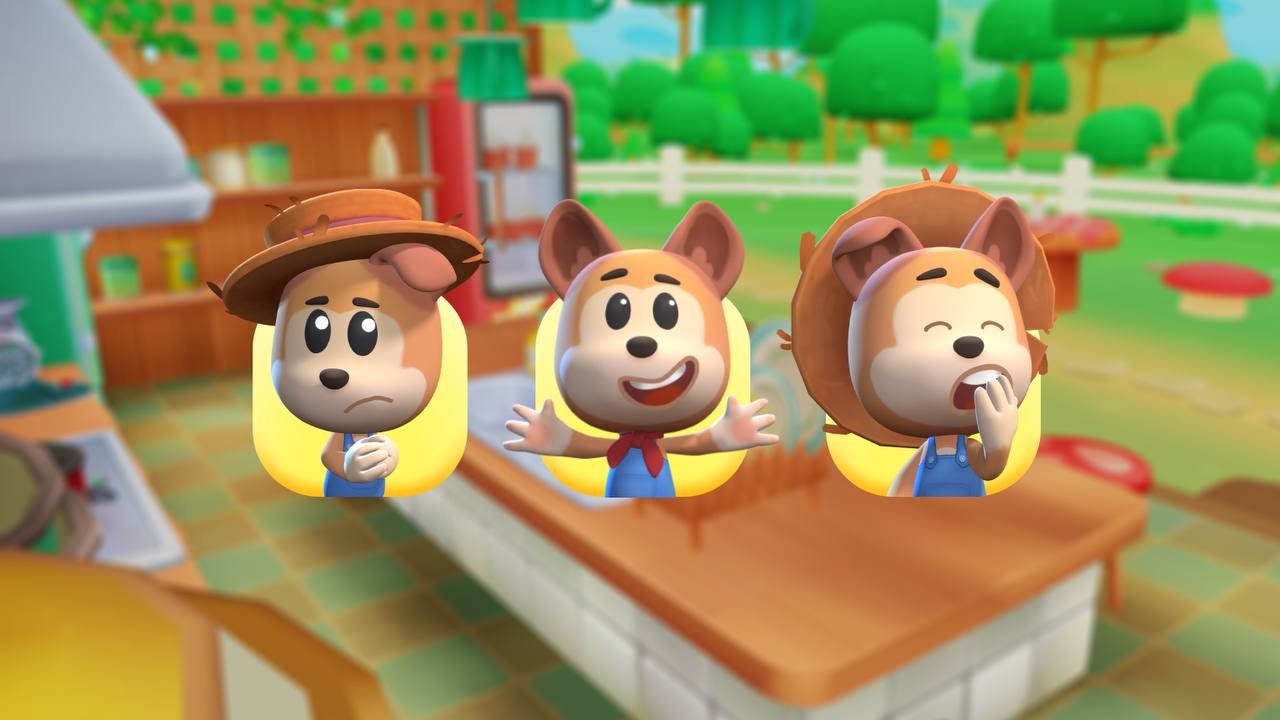Designing Cooking Games for Kids: What Developers Need to Know in 2025
The kids’ app market is growing fast—but it’s also more demanding than ever. Parents want safety. Kids want fun. Educators want value.
If you’re a developer building cooking games for children, how do you meet all three?
At KidsTime, we study how children interact with educational games—from pizza simulators to burger builders. Here’s what we’ve learned about making cooking games that are not only fun, but also meaningful.
👶 Know Your Audience: Kids Aren’t Mini Adults
Toddlers (2–4 years) need intuitive, low-pressure interfaces. No text. No timers.
Early learners (5–7 years) thrive on repetition, creative freedom, and roleplay.
Older kids (8–10 years) enjoy more complex mechanics—like running a virtual restaurant or upgrading equipment.
Tip: Always include sandbox (free play) mode for younger users.
🎯 Keep the UX Child-Friendly
Design with the child’s brain in mind:
Large buttons and generous tap areas
Minimal text; use symbols and narration
Gentle sounds, clear feedback, and positive reinforcement
Simple sequences (e.g. drag bun → add cheese → tap to cook)
Animations should guide the child visually, not distract.
🍔 Why Cooking Games Work So Well
Cooking games combine:
Sequential logic (first this, then that)
Creativity (custom burgers, crazy pizzas)
Responsibility (serve customers, clean up)
Identity building (kids pretend to be the chef, the owner, or the helper)
They’re ideal for embedding soft skills and narrative elements—even in microgames.
🔐 Don’t Skip Safety & Compliance
If you’re targeting kids, COPPA/GDPR-K compliance is not optional. That means:
No tracking without consent
No ads without parent control
No chat or open sharing
Clear, age-appropriate privacy policy
Also consider accessibility: not all kids read, hear, or move the same way.
💡 Monetization Ideas That Respect Families
Parents will pay for quality. Consider:
One-time unlocks for new ingredients or kitchens
Progress-based rewards (not pressure-based timers)
Optional printables or offline activities
Avoid manipulative tactics like randomized loot boxes or in-app ads with misleading UI.
🧩 Why Developers Are Collaborating with KidsTime
KidsTime is building a platform where game developers can:
Access real-time feedback from parents and educators
Get visibility in a curated ecosystem of trusted apps
Learn how to build emotional intelligence into play
We’re always looking for partners who care about kids as much as they care about great game design.
Let’s Build Games That Matter
Creating cooking games for kids isn’t just about food—it’s about giving them tools to imagine, experiment, and grow.
So whether you’re building a burger maker, a pizza simulator, or a full cooking adventure, remember: your game might be a child’s first experience of creativity, pride, or success.
Make it count.
